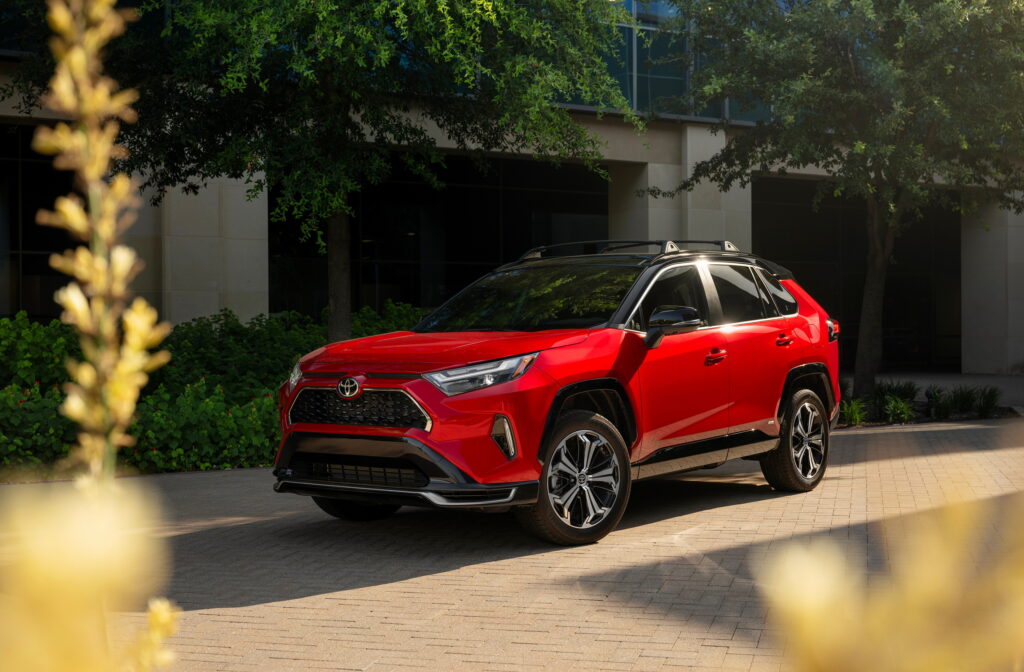- Thanks to interest rate cuts and swelling inventory, sales are expected to get a healthy boost next year.
- However, potential tariffs under the Trump administration could lead to price hikes.
Analysts predict that between 16.2 million and 16.3 million new cars could be sold across the United States next year. This would mark the strongest year in sales since 2019, up from the projected 15.98 million cars sold this year.
Several factors could contribute to a sales boost in 2025. The Federal Reserve recently cut interest rates for the third time this year, and inventory has started to improve in the second half of the year. Additionally, the average transaction price for new cars in 2024 is $47,465, or 0.8% lower than in 2023. Prices remain 27.2% higher than in 2019 however, when roughly 17 million new vehicles were sold in the US.
Read: Electrified Vehicles Grab Over 20% Of US Market Share With Hybrids Leading The Way
S&P Global Mobility and Edmunds estimate that 16.2 million new vehicles will be sold in 2025. Analysts from Cox Automotive put that figure closer to 16.3 million. This jump could happen despite the estimated price hikes due to the tariffs expected to be enforced by the Trump administration.
Edmunds believes that new tariffs “could dramatically increase vehicle prices” and that the added cost will be passed on to consumers. It’s possible that scrapping the $7,500 federal EV tax credit could slow sales of electric vehicles. However, there may be a temporary increase in EV sales before the credit is ditched as buyers could rush in and get a deal while they can. Cox Automotive says 10% of new vehicles sold next year could be BEVs, and 25% of new vehicle sales will be electrified.

“The tariffs proposed by the incoming president might not be more than negotiation tactics, but if they were enacted they would likely affect the costs of nearly all goods and services — not just car prices,” Edmunds’ head of insights Jessica Caldwell said. “Consumers would have less disposable income and automakers would likely need to increase incentive spending just to move metal. Things could get interesting if automakers consider stop-gap solutions such as reviving used vehicle leasing or subscription services, or devising completely new models in order to offer vehicles at less cost to the consumer.”
If tariffs are enforced, the price gap between new and used cars is expected to grow, pushing more shoppers towards a used vehicle. This year, the average transaction price for used vehicles was $27,252, a 5.4% decrease compared to 2023.





